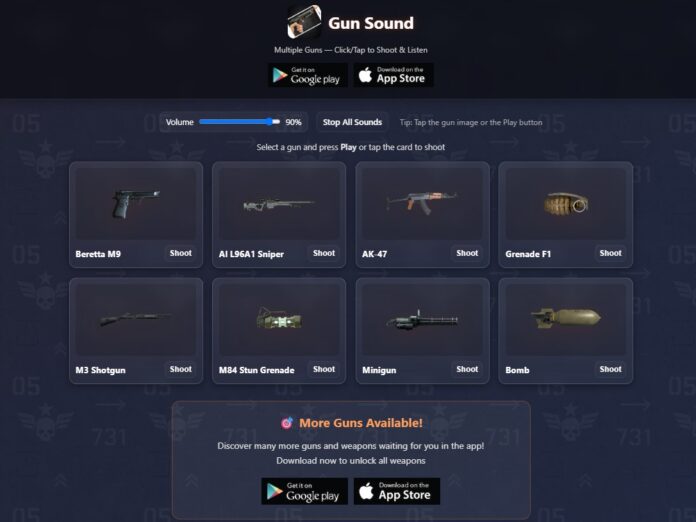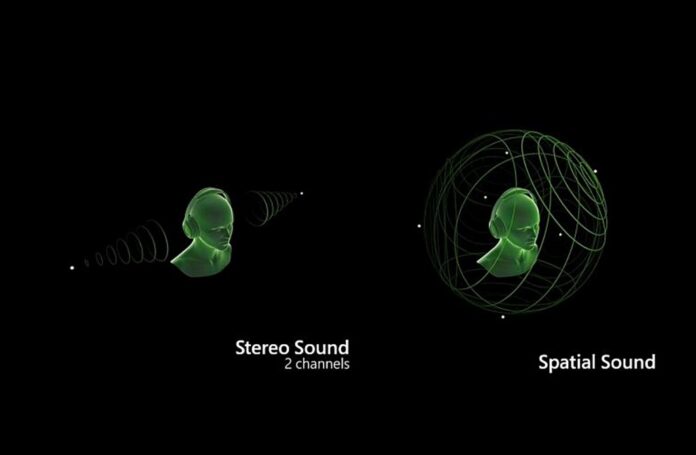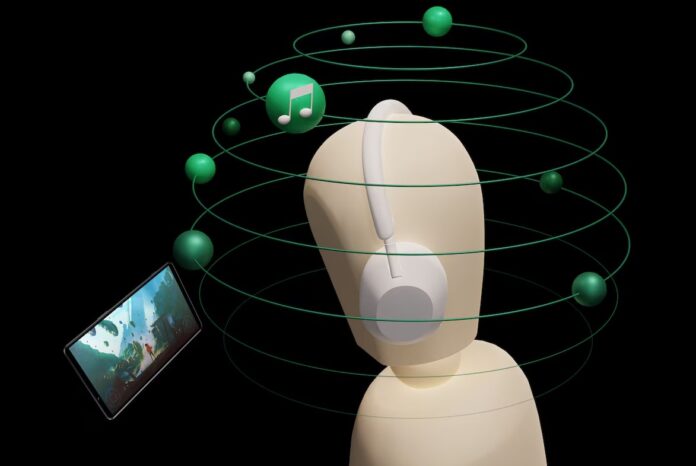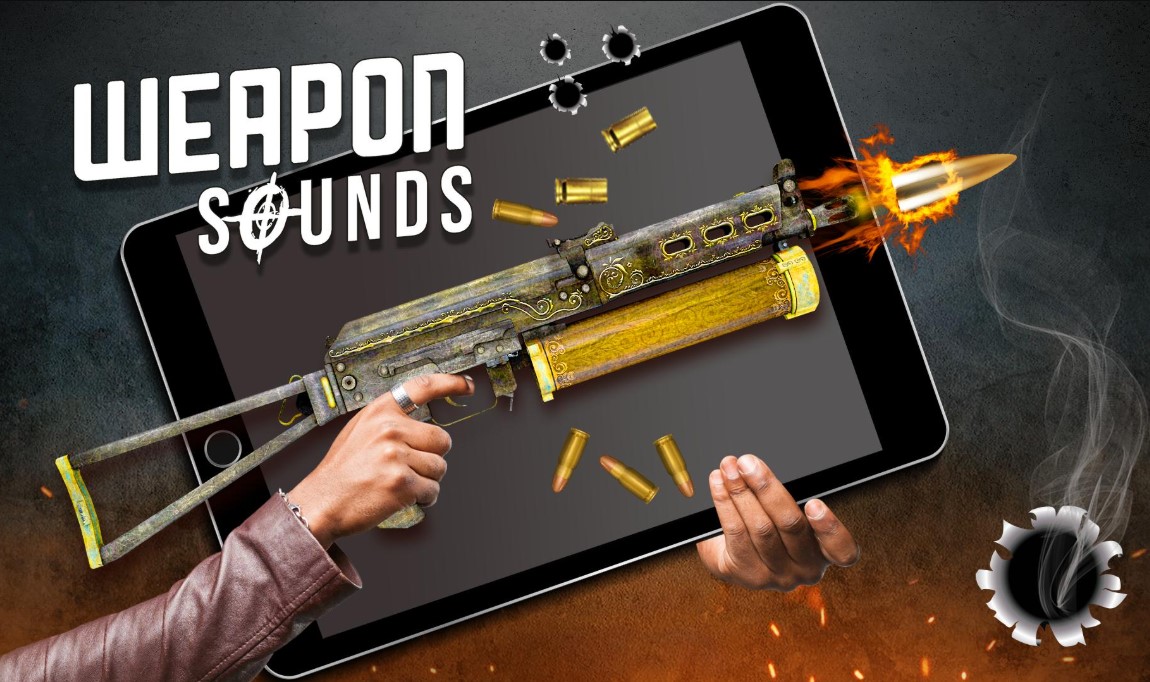Sound does more than accompany visuals, it shapes how the game world feels. You may not consciously notice atmospheric wind or distant creaking before a jump scare, but your brain does. Sound alters your emotional state, your bodily reactions, and even your decisions in a virtual space.
Think of walking through a deserted hallway in a horror game: visuals alone set the stage, but audio builds the tension. Your heart picks up as footsteps echo behind you, or as a distant drip of water builds discomfort. That shift in mood, from calm exploration to alertness is orchestrated by real audio. So this article is for curious gamers, audio designers, and storytellers who want to see exactly how sound changes gameplay from passive entertainment into visceral experience.
From Real Samples to Emotional Punch
Game audio designers increasingly turn to real-world recordings to boost authenticity. When you hear a weapon fire in a top-tier shooter, chances are multiple sampled layers (muzzle flash, mechanical click, reverb) come together seamlessly.
In fact, rigorous academic studies show that character-generated sounds (like footsteps, weapon fire) significantly increase player immersion, avatar identification, and even fun.
By weaving realistic gun sound into a game’s audio mix, developers can heighten tension and urgency. The better aligned an in-game sound is with real-world experiences, the more the players’ emotional response is triggered. Synthetic or generic audio often lacks the nuanced texture, small crackles, overtones, subtle echoes, that separate believable from bland. Over time, the accumulation of these audio truths gives the world weight: bullets feel heavy, machinery hums convincingly, ambient noises breathe.

Key advantages of real recordings
- Richer texture and overtones
- Greater dynamic range (from whispers to explosions)
- Easier layering and blending in context
- Faster recognition by the brain, which draws on memory
“Sound plays a key role … taking a central role and directing attention.”
Spatial Audio ─Turning Sound into Navigation
Imagine hearing footsteps behind you, or a growl coming from an unseen corner. That kind of spatial awareness is possible thanks to 3D audio. Unlike traditional stereo, spatial systems simulate how our ears naturally filter direction, distance, and elevation. Technology such as Dolby Atmos, DTS:X, and platform-specific engines (e.g. Sony’s Tempest for the PS5) enable this in modern games.
Spatial audio doesn’t just create realism, it becomes part of gameplay. Players can triangulate enemy positions, detect offscreen threats, or feel environmental shifts before they see them. Indie tools and middleware like FMOD or Wwise make this more accessible than ever. In practical terms, this means fewer “cheap jump scares,” and more tension that builds as you listen.
Table ─ Spatial Audio vs. Traditional Stereo
|
Feature |
Traditional Stereo |
Spatial / 3D Audio |
| Directional cues | Limited (left/right panning) | Full 360° localization |
| Height and elevation cues | Not well represented | Simulates up/down movement |
| Occlusion and reflection | Manual or baked-in | Real-time filtering |
| Gameplay utility | Mostly aesthetic | Therapeutic, tactical feedback |
This table highlights how spatial sound extends beyond aesthetics into real functional feedback: directionality, occlusion, and elevation all contribute to feeling the game space.

Ambient vs. Character Sounds ─ Distinct Roles
Sound in games often nests into categories, ambient (wind, birds, distant traffic) and character/action (footsteps, weapon discharge). Recent experiments splitting these categories reveal interesting nuances: character sounds often heighten immersion and identification strongly, while ambient sounds have a more subtle influence on “flow” or background presence.
Character sounds act as feedback loops, press trigger, hear muzzle, sense recoil. Ambient sounds set the tone. To illustrate:
- Character sounds: footsteps, breathing, weapon actions, clothing rustle
- Ambient sounds: wind, distant thunder, wildlife, dripping water
Did you know? In one experiment, when both ambient and character sounds were active, participants rated fun significantly higher compared to muted audio conditions.
When ambient noise is too subtle it can get lost, but when properly balanced, it frames the action. Designers often control ambient dynamics so that audio layers respond to player position: the wind may intensify at a cliff’s edge, or distant animal calls fade as you enter a building.
Immersion through Audio Coherence and Psychological Anchors
Immersion isn’t mere presence, it’s believing you’re there. The coherence among senses matters more than sheer volume of stimuli. Sound integrates with sight, motion, and context to “lock” your brain into the virtual world.
Psychologically, sound taps into memory and instinct. A hierarchical design might go:
- Low rumble or heartbeat tones – trigger unease
- Mid-frequency details – footsteps, machinery
- High-frequency cues – birdsong, distant echoes
These layers play with emotion subtly. Silence is equally potent: stopping ambient wind or muffling world noise cues tension or a narrative pause. Many horror or stealth games rely on dynamic audio suppression to drive player alertness.
A useful concept here is the IEZA framework. It categorizes game audio along two axes: diegetic (in-world vs. out-of-world) and function (sound effect vs. ambiance). The resulting domains – Interface, Effect, Zone, Affect – help designers map sounds to narrative roles.
By designing audio that corresponds with player actions and environment, designers maintain coherence. When it breaks, say, a footstep sounds metallic in a wooden cabin, the illusion fractures immediately.

How Players Physically React to Audio
Humans evolved to react to sound before thinking. A sudden crack, a distant roar, or a faint whisper invokes reflexive responses, heart rate, muscle tension, adrenaline. Audio designers exploit this in pacing, surprise, and reward.
In a shooter, crisp gunfire helps the brain identify weapon type, distance, and urgency far quicker than reading HUD indicators. In horror, the creaking door or rat’s scurry outside a wall is what makes players hold their breath. Even in puzzle games, the satisfying click or chime acts as immediate feedback and reward.
When every button press, reload, or slide has audible weight, the game world feels responsive. This sense of responsiveness deepens agency, players feel heard by the game.
Future Frontiers ─ AI-Generated and Haptic Sound
Audio tech continues evolving. One frontier is AI-driven sound design: tools that analyze environment geometry, materials, and context to generate adaptive soundscapes at runtime. We’re seeing hybrid systems that mix recorded samples and procedural layers for infinitely variable audio.
Concurrently, haptic or tactile feedback is fusing with audio. Imagine your controller vibrating in sync with low roars or explosions, not just in rhythm but tuned by frequency. Soon, sound won’t just be heard, it will be felt.
There’s also research using in-game sound datasets (like gunshot classification/localization) to train AI to distinguish weapon types in real contexts.
These novel systems might personalize audio to each player’s hearing profile, or adapt mix levels based on emotional cues detected via biometrics. The line between sound design and player psychology is blurring.
The Invisible Architecture of Feel
We’ve examined real recordings, spatial systems, ambient vs. action sounds, psychological impacts, AI trends, and design practices. All of these converge on a central truth: realistic audio is an invisible architecture that shapes how you feel every moment in a game.
Close your eyes during your next playthrough. Listen. Hear how footfalls echo differently in caverns, how wind changes on a mountaintop, or how gunfire carries weight beyond visuals. That is the power of real audio, it changes not what you see, but how the world moves through you.







